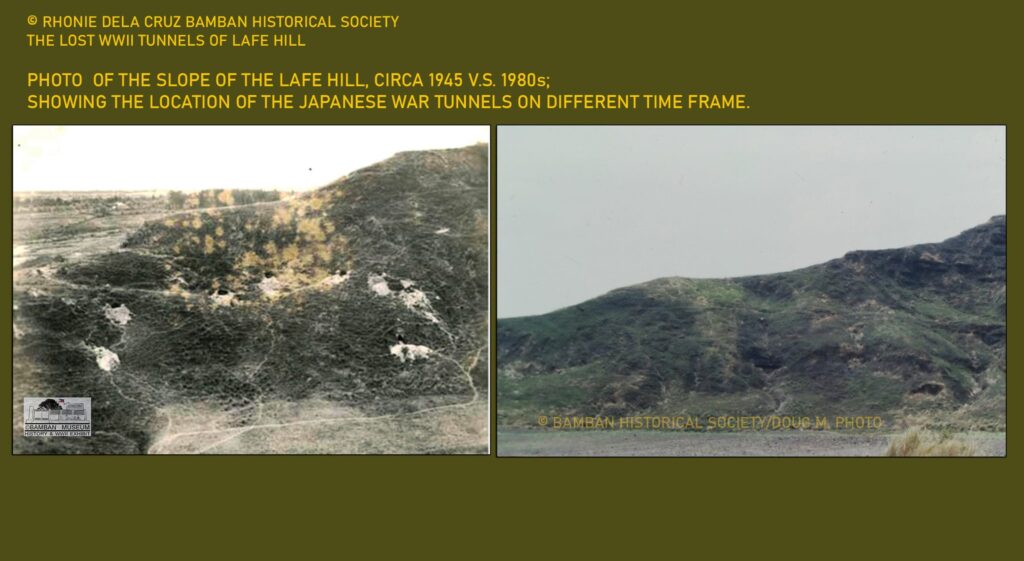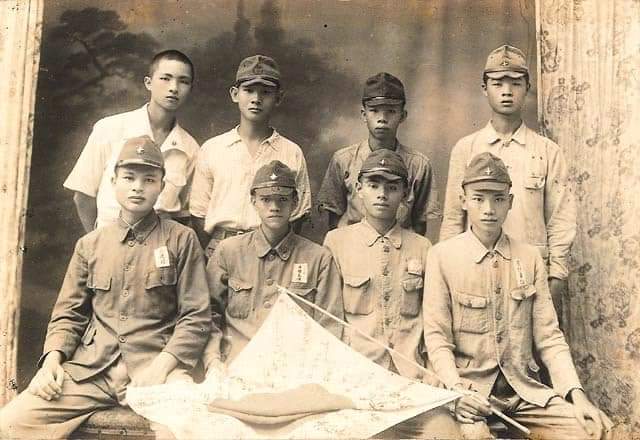
80th Anniversary of Liberation
GENERAL DOUGLAS MACARTHUR AND THE BATTLE FOR CLARK FIELD
ダグラス・マッカーサー将軍とクラークフィールドでの戦闘、1945年1月29日
Visiting Battle Front 戦線訪問
Eighty years ago, on January 29, 1945, General Douglas MacArthur, as the 5-star General of the Army, had set foot at Clark Field for the first time in Liberation 1945. He had just come from the infamous Camp O’Donnell P.O.W. Enclosure for inspection, located to the north in Capas, Tarlac, terminus of the Bataan Death March where more than 1,000 American prisoners of the survivors of Bataan died, along with about 29,000 Filipinos. His forward headquarters was established at the Hacienda Luisita, San Miguel, Tarlac, which gave him the opportunity to be close to the battlefronts at the Bamban and Clark Field.
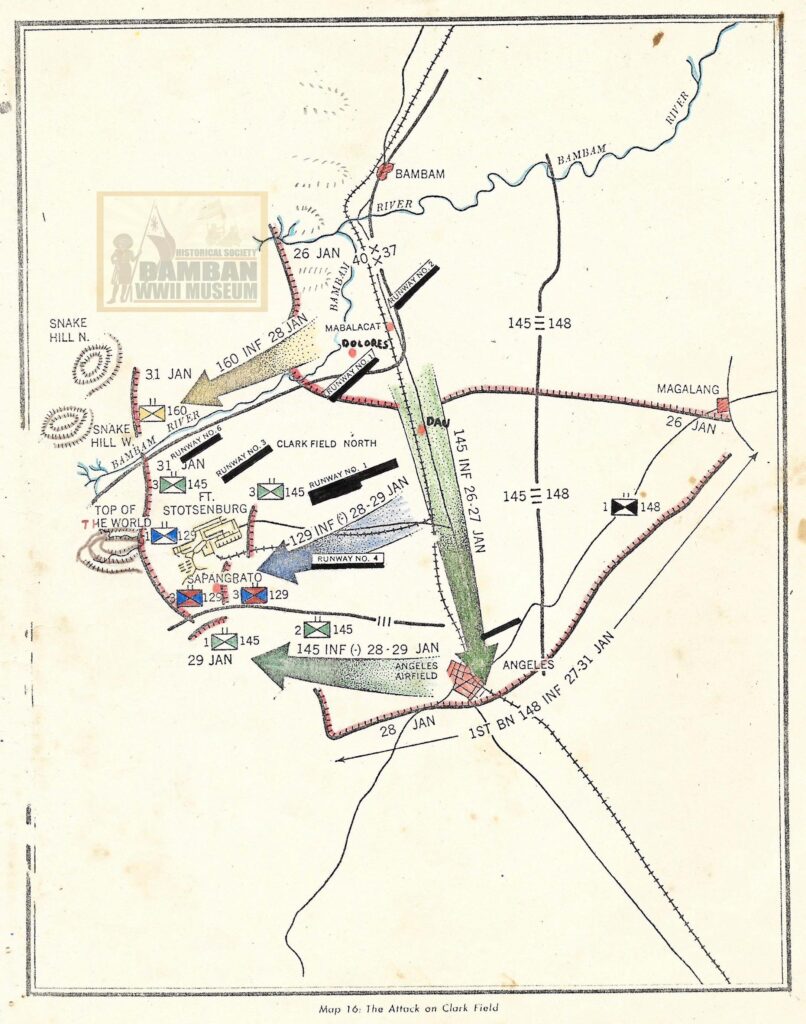
Fighting on the Northern Front 北方戦線での戦闘
On the same day at the battlefront, the fighting in Bamban was moved further to the rear, with the main thrust of the 40th Division, U.S. Army, with the aid of the local guerrillas, where fighting on two fronts in Bamban; on the hills north and northwest to include Macapul, Layak and Pulung Diablo Hills where the Kamii Butai and the 25th Independent Anti-Tank Battalion were deployed and holed on the tunnel defenses of high ground and rough terrain. To the west, remnants of the Hoshino Butai’s 137th Airfield Battalion (reinforced), after their defeat at the first line of defense at Hill 500 (Bantiti – Grotto) and Panaisan, retreated to the next rear line in the vicinity of Batson Valley. The Hoshino Butai’s cleverly laid tunnel defenses overlooking the Batson Valley engaged the 2nd Battalion, 160th Infantry, 40th Division.

Bamban Hills and Mabalacat High Ground バンバン山脈とマバラカット高地
The other front, the 1st and 3rd Battalion, 160th Infantry, were engaging the Okamoto Butai (132nd Airfield Battalion, reinforced), who retreated from Lafe Hill, along with the 37th Naval Guards, and deployed at Monikayo area in one of the fiercest fights at hill-mass, the Americans named “Grenade Hill”. On this sector, the 160th Infantry, 40th Division mission was to destroy Japanese forces along the Sacobia-Bamban River, including portion of the Mabalacat West Airfield to the east, where the 52nd Airfield Company was holed at the western edge of the airstrip and fought against the 1st Battalion, 160th Infantry.

Entering Clark Field from Dau ダウロードからクラークフィールドに入る
General MacArthur, riding on his command Jeep bearing the 5-star emblem, entered Clark Field from the main road at Camp Dau (Camp Del Pilar) at Culayo, making inspection of the facilities of the former Philippine Army artillery training center, where many of the Filipinos were trained in the division artillery and later fought in the Defense of Luzon from Lingayen to Porac and later in the battlefields of Bataan. Camp Del Pilar, after the fall of Clark Field on January 1, 1942, became facilities for Filipino prisoners from Camp O’Donnell, Capas, Tarlac, for rejuvenation and education program by the Japanese military administration and training center for Bureau of Constabulary. By 1944, the camp became Japanese hospital facilities and billets for Japanese army pilots.

Battle of Clark Field, January 29, 1945 クラークフィールドの戦い、1945年1月29日
From Camp Del Pilar, the general veered northwest along the main road for Clark Field and Fort Stotsenburg, where the main fighting was taking place between the American 1st and 3rd Battalion, 129th Infantry, 37th Division and the Japanese 99th Airfield Battalion (led by Major Iida) and 8th Airfield Company (commanded by Captains Takeshima and Noburo), Eguchi Detachment, defending the western edge of Clark Runway No. 2 and 4. General MacArthur, accompanied by staff, climbed an elevated ground overlooking the airfields, hidden among the tall kunai grass, observing in a distance , the officers and men of the 129th Infantry engaged the Japanese airfield units in a ferocious fight, while the 37th Division artillery pounded enemy positions and pillboxes with tremendous fire, along with companies of 754th Tank Battalion and 640th Tank Destroyer Battalion taking action in eliminating Japanese opposition, including the Iwashita Independent Tank Company on the same day.
Further to the north, on the vicinity of Lilly Hill and Runway No. 3 and stretching to the south of Mabalacat West Airfield, the American 3rd Battalion, 145th Infantry, 37th Division was in contact against the Japanese survivors from the 52nd Airfield Company, the 150th Airfield Battalion and the 31st Airfield Battalion. Japanese defense of Clark Field was on verge of collapse and retreat was inevitable in order to move to the rear lines prepared for tunnel defense.

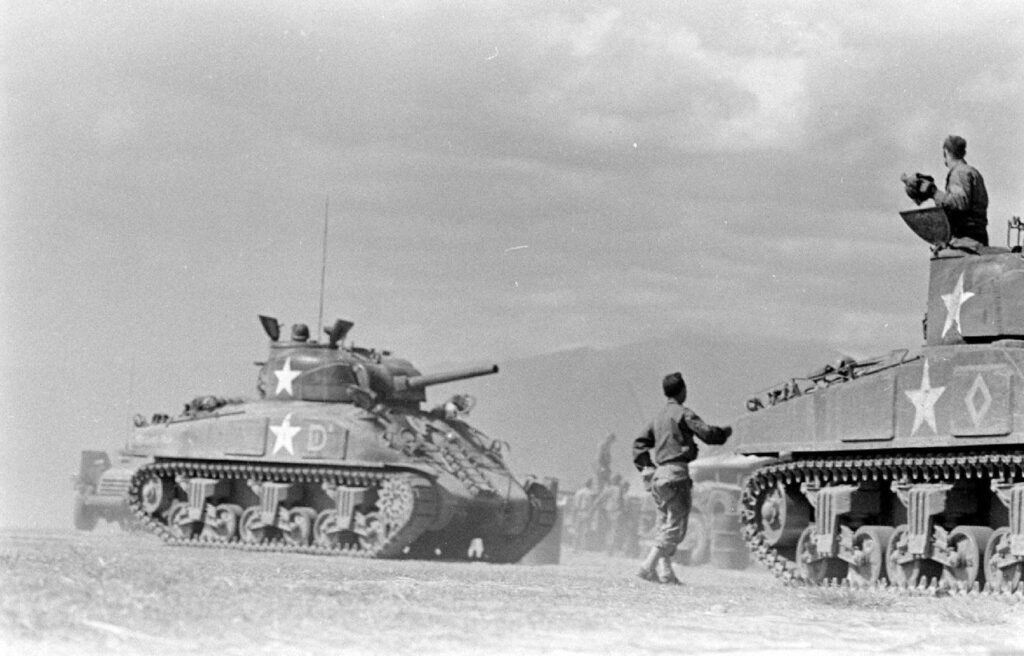
General MacArthur Observing the Battle マッカーサー元帥の戦争観察
General MacArthur went on his Jeep, into the battle front, where the 37th Division senior officers and men directing and conducting combat operations against the Eguchi Detachment, defending Clark Field and the entrance of Fort Stotsenburg. Sometimes, he would alight from his command vehicle and walk among the ordinary foot soldiers concealed from high cogon and kunai grass while observing fire and artillery engagements where the positions of the Japanese were just in the close proximity from among the debris, ruins and pillboxes on the edge of Runway No. 4 and 2. There were instances when the General walked among the debris and wrecked aircrafts that littered the airfields, while knock-out Japanese Type 10 120-mm dual purpose naval guns laid inoperable, signs of how effective the American air campaign was in the past months as preparations for the land battle.
Signal Corps Photo at Clark Field クラーク彦城の写真
In one of the light moments of the campaign for the capture of Clark Field, General MacArthur had the opportunity to meet and talk with the senior officers of the 37th Division along the side of a Japanese air strip, probably Runway No. 4, in the backdrop of a Japanese twin-engine aircraft, perhaps a Kawasaki Ki-45 Toryu (Nick). The scene was captured in photograph by the U.S. Army Signal Corps, on January 29, 1945, with the following description of Signal Corps Photograph No. SC 339360:
“Fort Stotsenburg, Luzon, P.I.
Brigadier-General Craig, Assistant Commanding General of the 37th Division talks over operations with General Douglas MacArthur. 29 January 1945.”
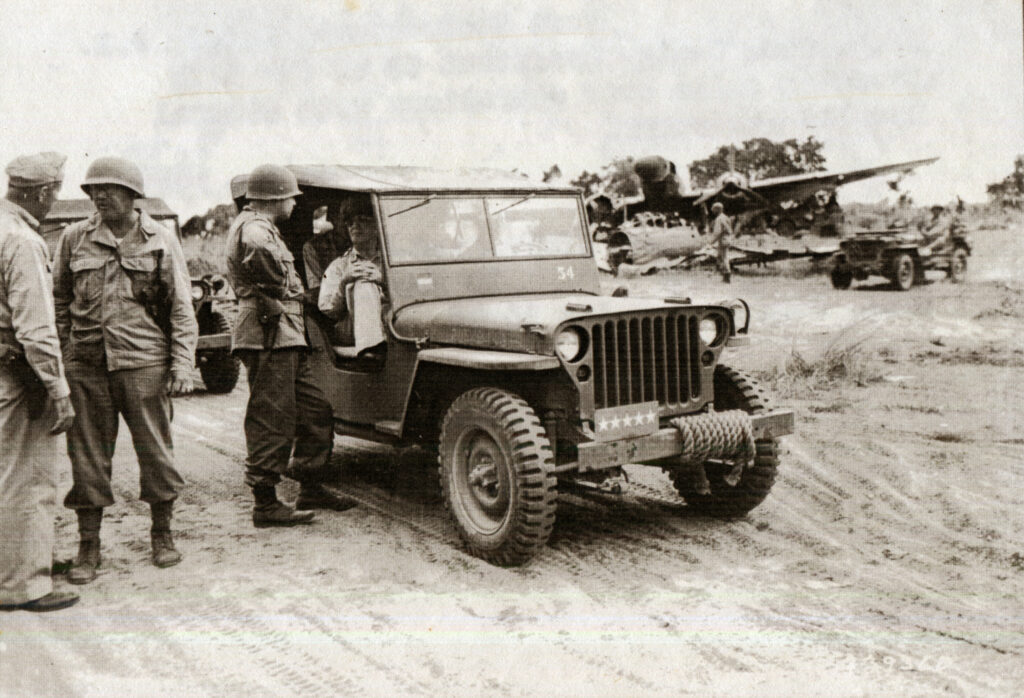
Beginning of the End of Japanese Kembu Group 日本剣舞グループの終わり:始まり
It was not the defeat of the Eguchi Detachment and Iwashita Independent Tank Company, for it take another days to clear Clark Field and Fort Stotsenburg from the Japanese defense. It was not even the end of the Japanese defenders, for the hills beyond Parade Ground and the western edge of Fort Stotsenburg begun the series of complex tunnel defense system on rough terrain awaited the American infantry for another months of war of attrition.
General MacArthur’s field reconnaissance at Clark Field on January 29, 1945 project an image of the continuing war, the success of combat operations on former American military installation and the inevitable defeat of the Japanese in Liberation 1945.
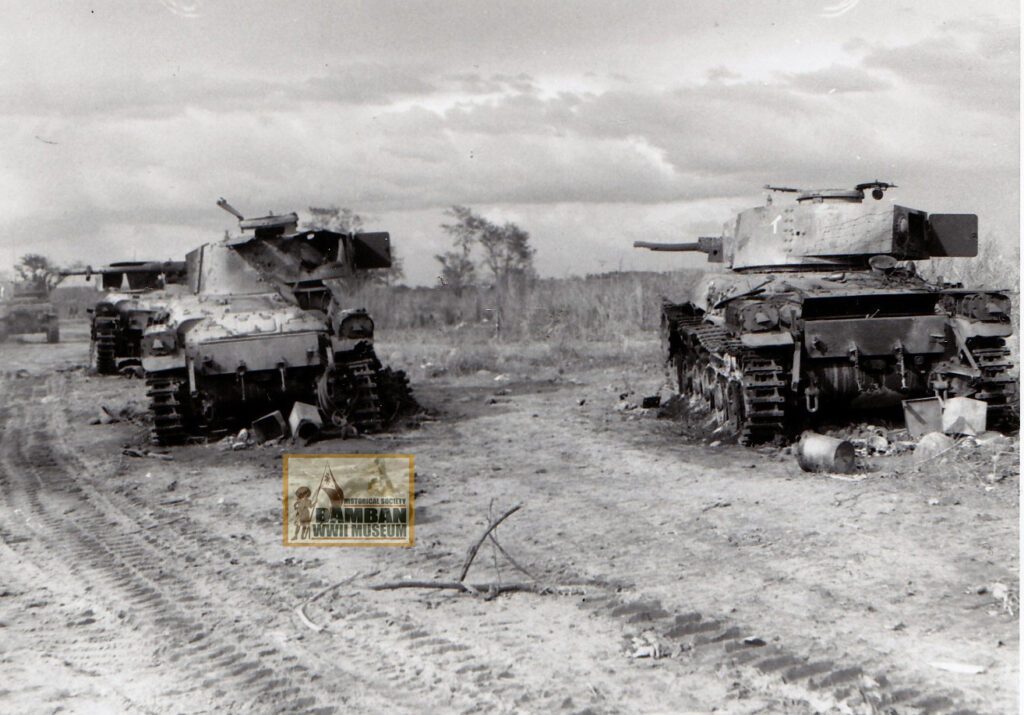
2025 Rhonie Dela Cruz
2024 Bamban Historical Society
Bamban WWII Museum
Center for Pacific War Studies
Provincial Government of Tarlac – Tarlac Provincial Tourism Office
Citation:
(1) History of the 40th Division in the Philippines.
(2) 37th and 40th Division HQ Battle Reports, U.S. National Archives NARA.
(3) Okada, Yasuji. Japanese Monograph No. 9. “Outline of the Kembu Group Operation – Clark Sector, Record of the Philippine Operations Record of the Philippine Operation Vol. III Part 3”.
(4) Frankle, Stanley A. The 37th Division in WWII.
(5) Official Record of the Japanese Kembu Group “Clark District Area Battle Situation January 1945”. National Institute for Defense Studies.
(6) General MacArthur at Fort Stotsenburg, January 29, 1945 – Photograph SC 339360. National Archives and Records Administration NARA.

